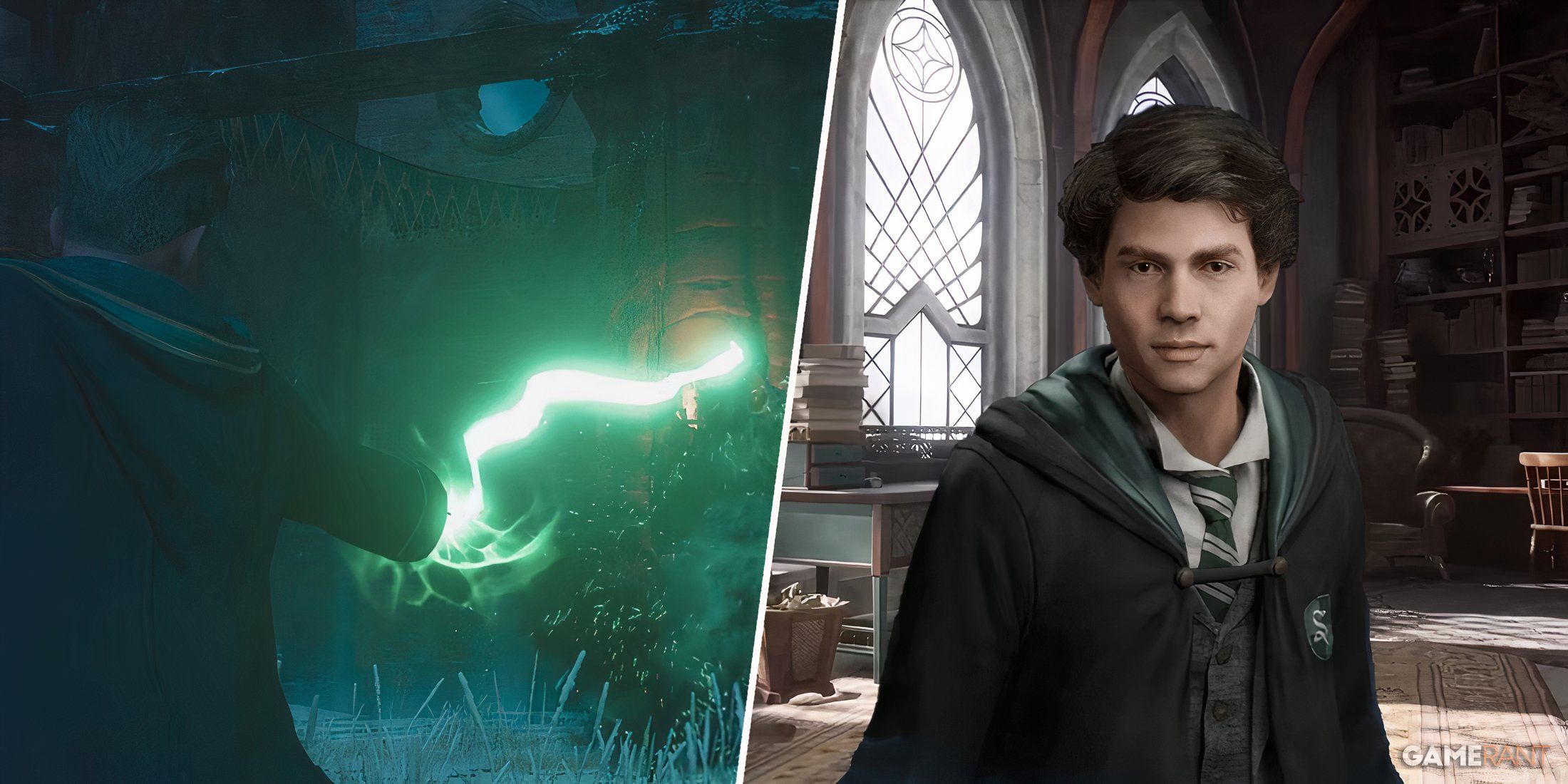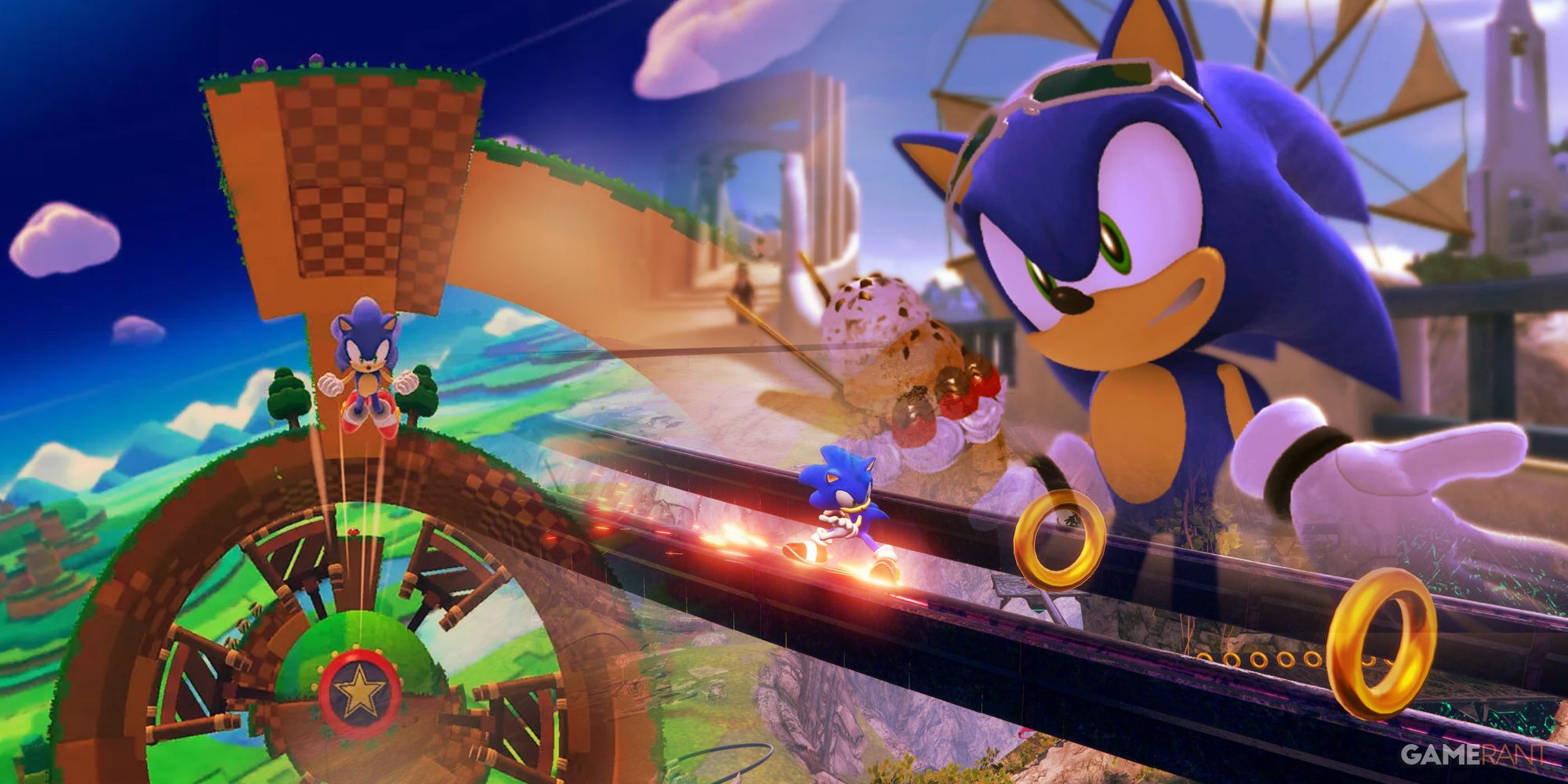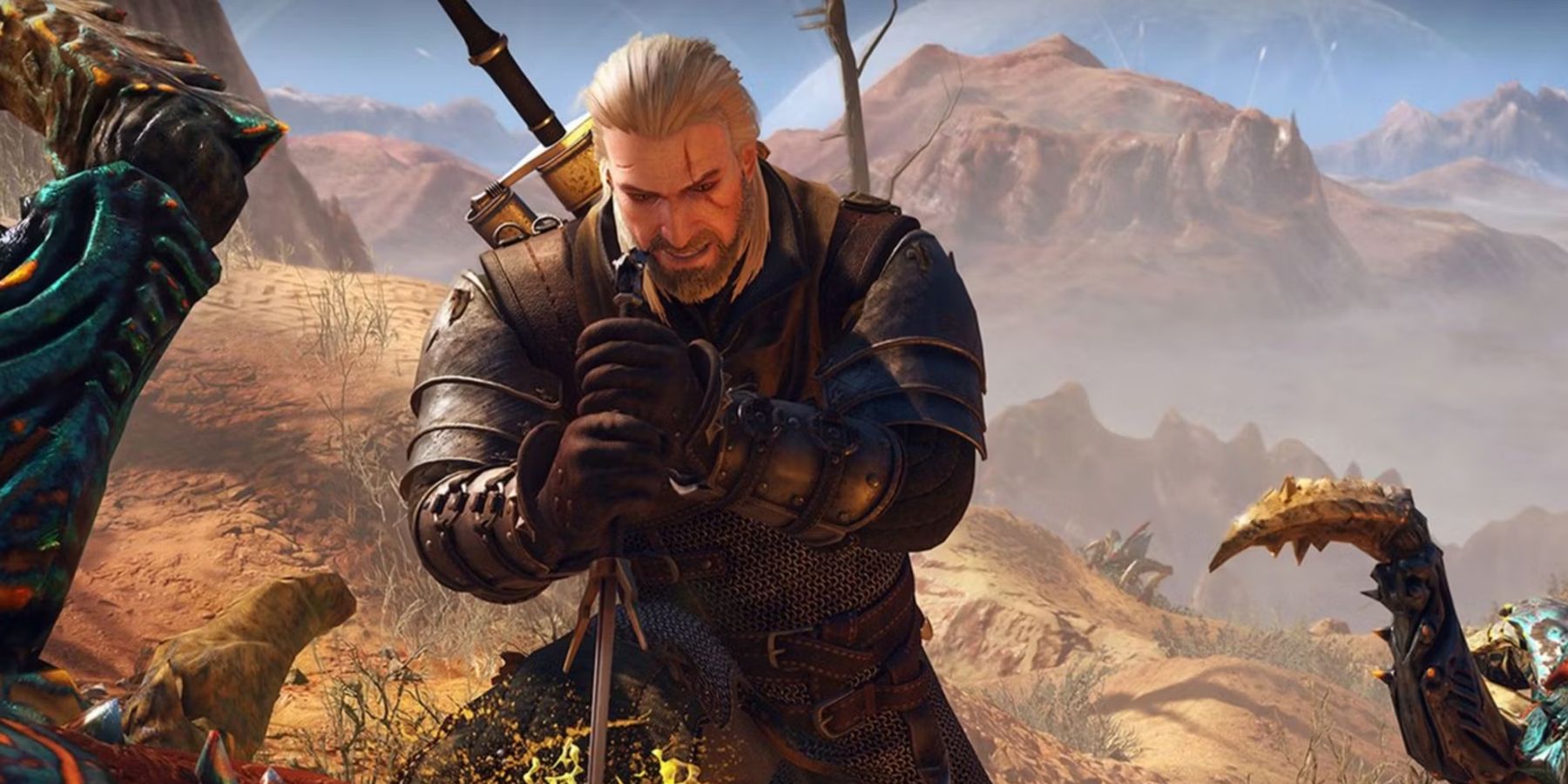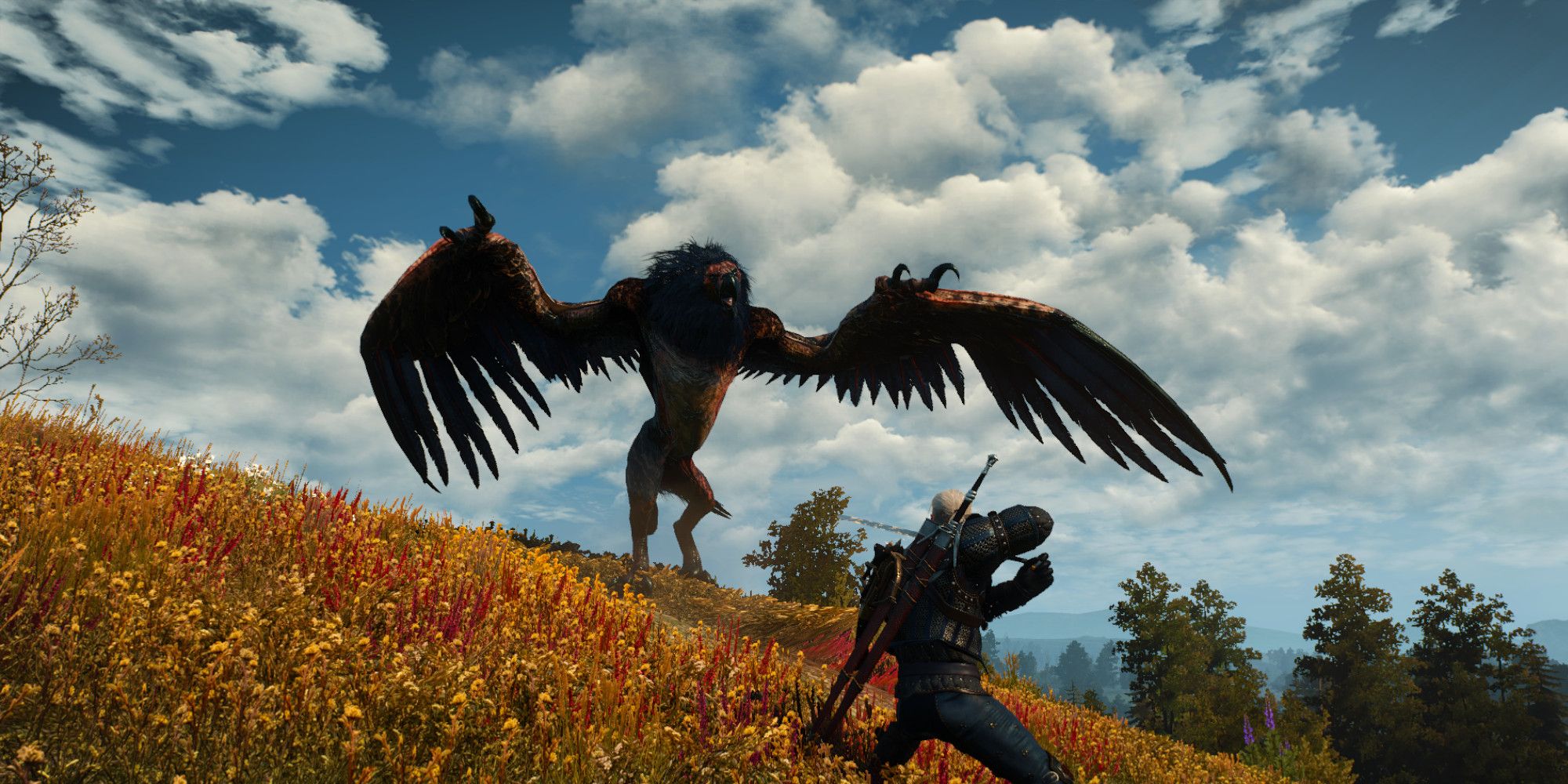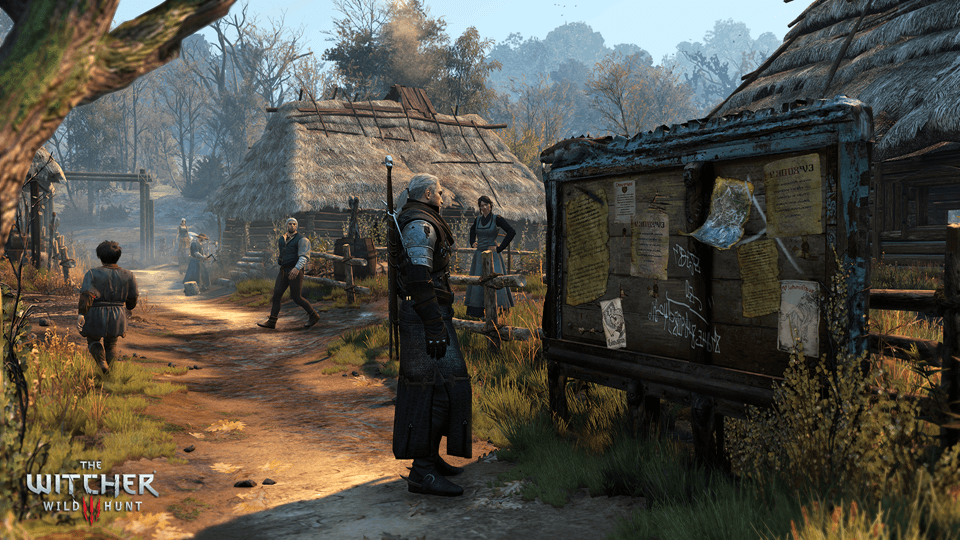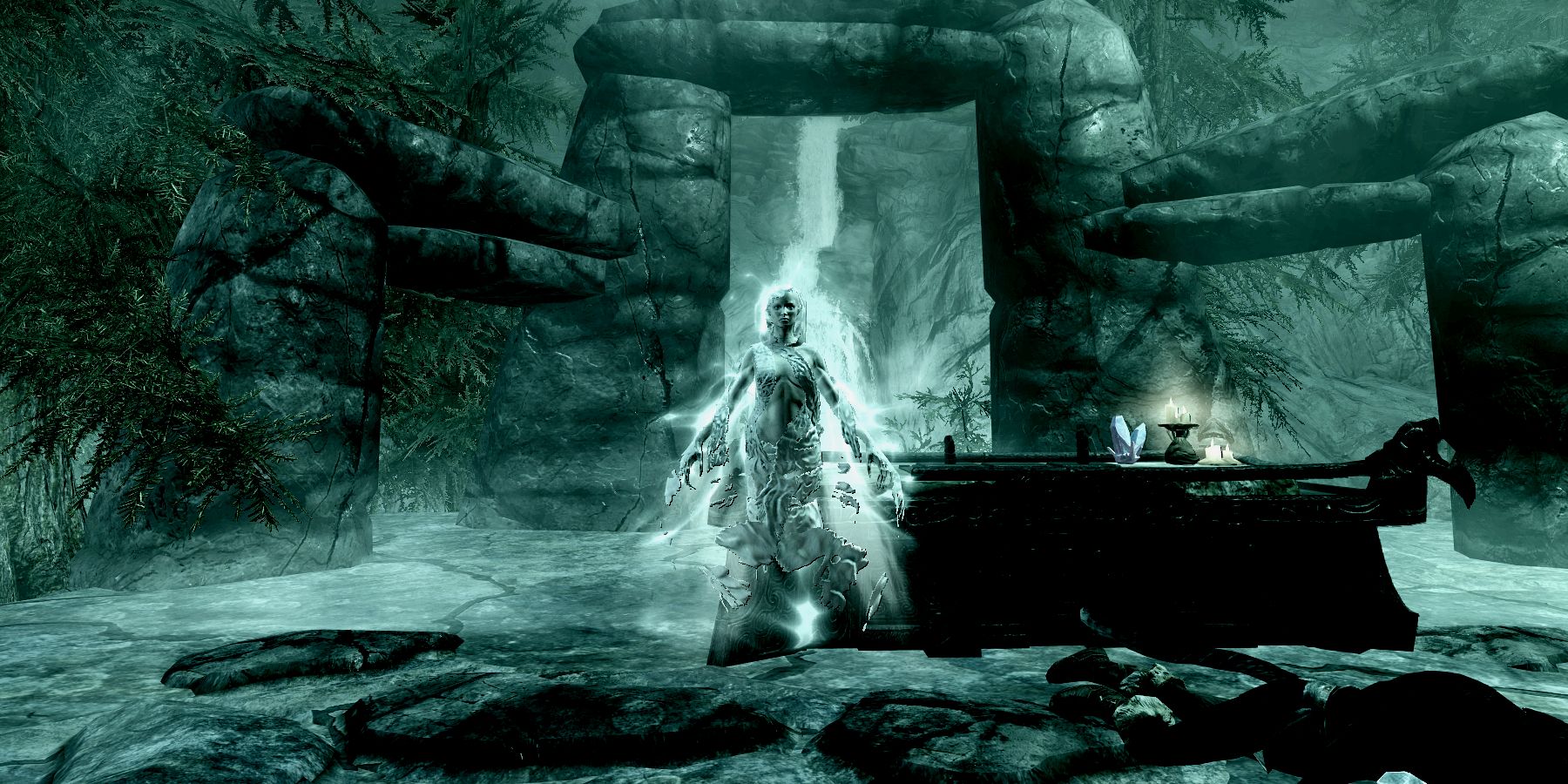Following its 2015 release, The Witcher 3: Wild Hunt quickly cemented itself as one of the best games of the 8th video game console cycle. The game would go on to sell over 40 million copies worldwide and receive widespread critical acclaim from fans and critics. One of the most praised aspects of the game was its open-world elements that went above and beyond its peers. Perhaps the best part of The Witcher 3's open world was the contracts which highlighted one important aspect of Geralt as a character and his role within the world.
The Witcher 3's map is roughly divided into 5 major regions when DLC is not factored in. These regions are White Orchard, The Royal Palace (Vizima), Velen, Novigrad, Skellige, and Kaer Morhen Valley. Throughout out the game, Geralt will eventually have to visit all of these regions in his hunt for Ciri at least once and, particularly in Velen, will have to engage in several side quests before the player can afford to move on. Oddly enough, the best way for Geralt and the player to advance in the story is to have the protagonist do his day job.
Geralt's Day Job in The Witcher 3: Wild Hunt
In the series, a witcher is someone who hunts monsters for money. Usually, those who become witchers are orphans who are taken to various schools and trained in monster hunting. The children first go through a ritual called The Trial of the Grassess where their bodies are effectively broken down, so the potential witchers can be mutated and built up stronger. The process, however, is often fatal and only three to four out of ten children survive the process. Those that do continue their training in the art of monster hunting are eventually sent out into the world to hunt monsters for money. Unfortunately, they are not often seen as saviors.
Throughout the books and the games, various forms of prejudice can be seen throughout the fictional world. Elves, dwarves, and other non-human races are viewed with varying degrees of hostility, and the witchers themselves are no exception to this. They are often distrusted by the very people they hunt monsters for, which sometimes turns into outright violence toward them. This only ever seems to fade when a witcher is needed to dispatch a hostile creature. In The Witcher 3: Wild Hunt Geralt frequently finds his services needed and ultimately needs the coin in order to further progress in the game.
How Geralt's Profession Factors Into The Witcher 3
Arguably the best area in The Witcher 3: Wild Hunt is the territory of Velen. The territory itself is a war-torn countryside ruled by a character known as The Bloody Baron. Velen is full of bandits, deserters, and many monsters who are taking advantage of the chaos, and it's here where players are fully introduced into the game's gameplay loop. While the player can technically go wherever they want, several parts of Velen and associated quests will have gamers encountering high-level enemies that they are not prepared to face. In order to have a chance to defeat them, players will have to take on quests that will allow them to gain experience and level up and obtain better weapons and armor. There are, unfortunately, a few problems with this. Mainly that there isn't a lot of money to be made in this area which the player will need.
As the character continues using their weapons and armor, they will inevitably get worn down and eventually break. At this stage, the best way to maintain Geralt's weapons and armor is to take them to a blacksmith who can repair them which will cost the player money. Later areas will allow players to loot more valuable items that can be sold to merchants and used to maintain their gear. At this stage of the game, however, these items and, by extension, money is hard to come by, and the player will find themselves struggling to keep their weapons and armor maintained. This is where the contracts come into play in The Witcher 3.
Throughout the area, Geralt will see several notices that ask for a witcher's services. The player then goes to the person who put up the notice, gathers information about the job in question, and possibly haggles for some additional money. Geralt then goes on the hunt for the monster, discovers what it is, and how to defeat it, and does so before returning for his reward. This is the most surefire way to earn money in the game early on and ensure that the character's weapons and armor can be maintained. This will also earn the player experience points, which will help them level up so they might be better prepared for the main story quests. However, unlike other side quests in similar games, they feel like a natural part of the world and aren't grinding up against the main narrative.
What Separates The Witcher 3's Contracts From Similar Side Quests
A big issue that tends to pop up in many open-world games is that a lot of the side quests tend to blend together. Many of the side quests in Skyrim, for example, have players go to one of many locations that are scattered all throughout its enormous world. The issue that comes up is that these locations tend to use one of maybe a dozen interior environment designs with quests that mostly amount to having players kill a specific person or grabbing a certain item with very little depth to the writing. The player is given very little context as to who these people were, and what these objects are, and carry very little dramatic weight. This is a gameplay design that affects every major story quest line in the game, which, in turn, makes these side quests feel even more grindy and lack a sense of identity. This is where the contracts in The Witcher 3 stand out.
Geralt is often forced to take contracts on monsters in The Witcher 3 that were human once upon a time. In order to be more effective at killing them, the player has to learn about their backstories and the circumstances that lead to becoming the monsters they now are. Often times these creatures will have heartbreaking backstories that will make the player feel guilty for needing to dispatch them. Sometimes the quests will involve destroying items that held a personal connection to the character while others have the player reconnecting the monster with the ghosts of their past. It all makes the creatures Geralt is hunting feel alive and actually part of the world and not just another name that must be crossed off the character's list.
Ultimately, contracts in The Witcher 3: Wild Hunt remains an exception rather than a rule. While other games like Cyberpunk 2077 have a ton of quests for the player to perform as an edgerunner they grind up against the main narrative rather than add to it. Other games like Skyrim and Dragon Age: Inquisition have similar side quests that are often repetitive and lack their own sense of identity within the world. With The Witcher 3, however, players were able to do Geralt's day job in a way that felt natural and at home with the world that CD Projekt Red created. It's a gameplay addition that highlighted the way the character made a living and that this wasn't on pause just because there was a war on which is a rare addition indeed.
The Witcher 3: Wild Hunt is available now for PC, PS4, PS5, Switch, Xbox One, and Xbox Series X/S.

